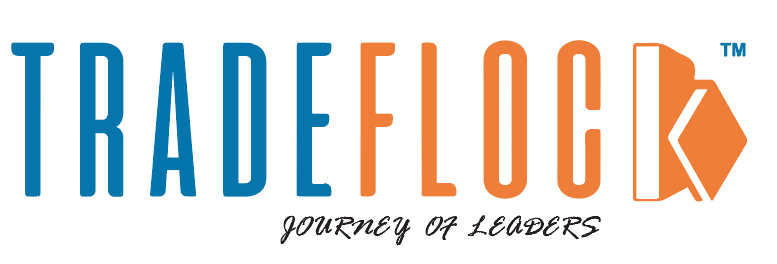India’s ancient culture was not only rich and vibrant but was multifaceted with its relevance still evident in our hectic twenty-first century lives. Take the example of Charaka Samhita, which is based on Agnivesha Samhita (the medical compendium by the legendary sage Agnivesha, which was revised by Charaka). Charaka Samhita and Sushruta Samhita are the two foundational texts for the alternative medicine of Ayurveda. Today, Ayurveda has garnered renewed interest in many post-modern lifestyles.
Charaka Samhita is a comprehensive treatise on medicine that is widely believed to have come into being between 100 BCE to 150-200 CE. It was further revised by Drdhabala. The revised Charaka Samhita, which we know today, is believed to have come into being in the sixth century AD. It comprises eight books and 120 chapters. The comprehensive treatise covers a wide gamut of subjects including etiology, diagnosis, treatment, anatomy, physiology, surgical techniques, herbal medicine, and the use of minerals and metals in medicine among others.
Charaka’s holistic approach to medicine and understanding the body as a whole can inspire many modern medical practitioners. Even close to 2000 years ago he placed special importance on the diagnosis of the disease, which is of paramount importance to modern medicine.
Traits of Modern Medicine
In fact, one of the eight books of Charaka Samhita- Indriya Sthana (sensory organ-based prognosis) has 12 chapters on diagnosis & prognosis, mostly based on sensory response of the patient. Charaka Samhita places importance on not only curative healthcare but also preventive healthcare. Preventive healthcare has gained currency only since the second half of the twentieth century.
Moreover, Charaka Samhita’s emphasis on the importance of observation, experimentation, and logical reasoning in the practice of medicine can inspire many post-modern medical practitioners. His classification of diseases based on their etiology and symptoms, and his diagnostic principles involving examination of the pulse, urine, and other bodily fluids are also being adhered to in the modern medicine.
One of the books of Charaka Samhita is termed Kalpa Sthana (Pharmaceutics and toxicology), which comprises 12 chapters describing pharmacy, the preparation and dosage of medicine, signs of their abuse among others. The book also deals with poisons. In Charaka Samhita, the second book named Nidana Sthana (Pathology) has eight chapters devoted to the causes of diseases, which is a fundamental edifice of modern medical science. One can easily infer that as a medical treatise Charaka Samhita was much more ahead for its times.
Dietetics and Ethics
Charaka Samhita also gives considerable emphasis on dietetics, stating that wholesome diet is necessary for good health and for prevention of diseases, while one of the important causes of diseases is unwholesome food. Many dieticians of our time would vouch by the same principle. It also points out that along with medicine, proper nutrition is necessary for quick recovery from sickness or surgery. The same principle also holds true today.
In fact, Charaka Samhita is among the earliest texts that prescribed a code of ethics for physicians and nurses. According to this ancient text, nurse should be knowledgeable, should have skill at preparing formulations and dosage, and should be sympathetic and should be clean.
Codes for Physicians
In chapters 8 and 9 of the Vimana Sthana –the third book of Charaka Samhita –some of the guidelines for physicians include that the physician should seek permission before entering a patient’s quarters, and shall be accompanied by a male member of the family if he is attending a woman or minor(then the concept of women doctors were unheard of); must never resort to extortion for his services; should never engage in any other activities with the patient or patient’s family (such as negotiating loans, arranging marriage, buying or selling property, etc.); should maintain the patient’s privacy.
These may sound as most basic codes or requirements for doctors or nurses in today’s day and age, but in those days, when medical science was at its nascent stage, such suggestions were quite novel.
Talk on Academic Discourse
Charaka Samhita also prescribes that a physician needs to discuss his findings and questions with other physicians. He rightly observed that “when one discusses with another who possesses knowledge of the same science, such discussion leads to increase of knowledge and happiness.”
This code of his is today reflected in several medical seminars and peer review journals. He also suggests the use of persuasion through gentle words and manner to confront hostile criticism. He rightly viewed that peaceful discussions can be useful but hostile discussions are unproductive.
We can say that Charaka Samhita is one of the first medical texts in the world which laid the groundwork for academic discourse in a scientific, dispassionate manner that is very much needed for growth in any field of knowledge. This culture is mirrored in our post-modern academic fraternities too.





